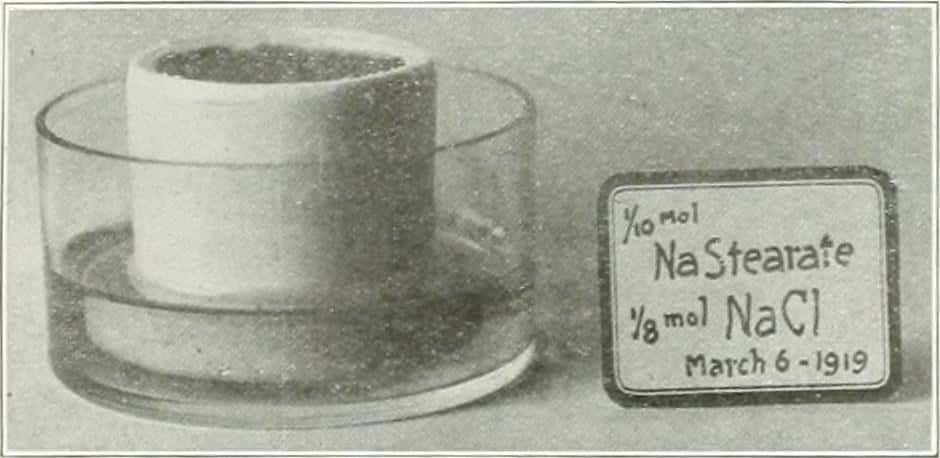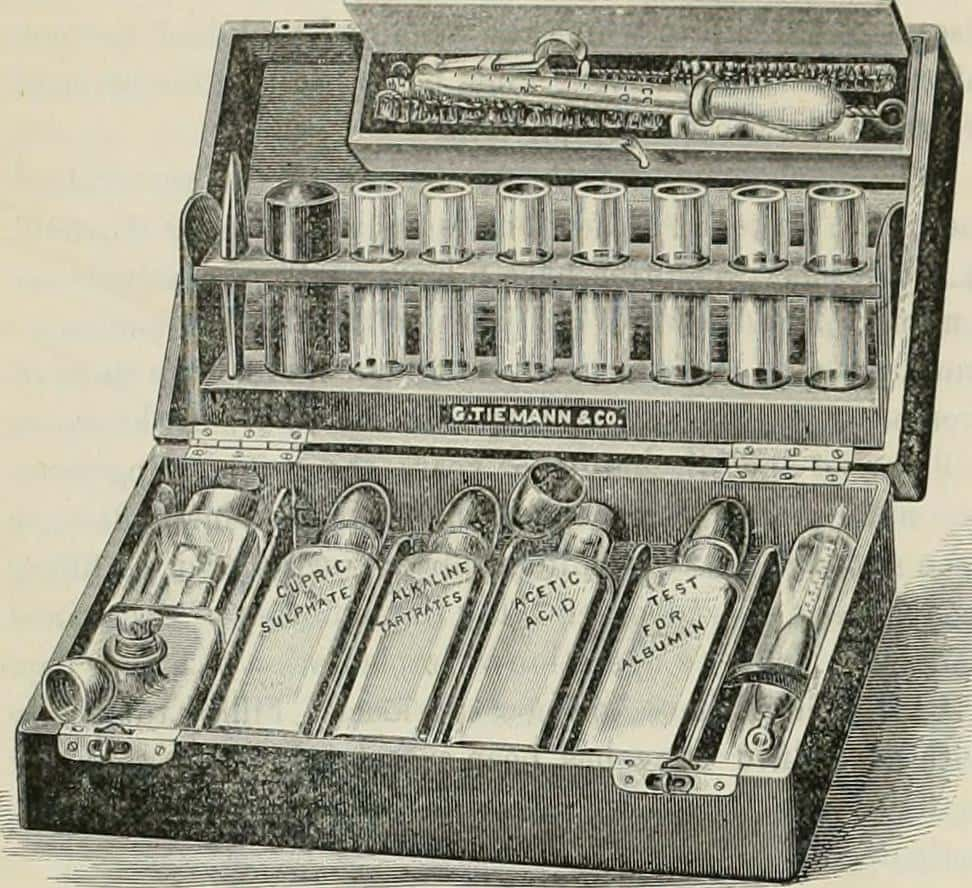Just like most of the sciences, the history of medicine is filled with insane quackery and a fair few pints of blood. Along with these misled ventures into treating the human body, many budding entrepreneurs were right behind them, ready to peddle a bunch of madcap inventions and pseudoscientific medical devices.
Here’s a round-up of the most bizarre or terrifying medical devices through the ages, most of which would give the FDA a panic attack. It seems like the cure was often worse than the ailment.
Butt-Smokin’ Tobacco Enema Kits
When tobacco first came over from the New World, many Western doctors thought it could hold some medicinal properties. Somehow, this quackery created the tobacco smoke enema, literally blowing smoke up your ass to treat everything from colds to cholera. It was also popularly used to revive victims of drowning accidents.
Salesmen were quick to jump on the fad and develop specialized tobacco smoke enemas, complete with a pigskin bellow. After all, anything else would just look stupid.
Some 100 years ago, just after Marie Curie was pioneering research on radioactivity, humans thought it would be a good idea to actively add radiation to drinking water (it definitely was not a good idea).
It’s believed this idea kicked off because a few well-known natural hot springs were radioactive. Hot spas are good for your health, so perhaps radiation was the decisive factor. Water tanks – called fancy names like Revigator, Radium Spa, and Zimmer Emanator – hit the market with the purpose of adding low levels of radiation to drinking water. Once such device, the Radium Ore Revigator, was a water cooler lined with carnotite – an ore of uranium and radium that undergoes radioactive decay and yields radon gas. Yum?
One of its most famous advocates Eben Byers, a US socialite and athlete, died in 1932 from cancerous tumors after being prescribed radium dissolved in water.
Radiation Dummies
Back when the US and the USSR were obsessed with giving each other radiation poisoning, scientists used these dummies (top image) to simulate human radiation exposure.
Although undeniable creepy, these dummies were downright better than the other attempts to study the health effects of radiation. The Pulitzer Prize-winning book The Plutonium Files details how various US government agencies carried out numerous radiation exposure experiments on US soldiers, the testicles of prisoners, pregnant women, mentally disabled children, and dead bodies stolen from graveyards.
Anti-Masturbation Penis Rings
Throughout history, masturbation has been shamed for a whole bunch of cultural, moral, or religious reasons. The Victorians brought this prudishness together with clinical medicine, claiming that unnecessary self-congratulatory pleasure drained the body of vital energies, leading to sickness, madness, and potentially even death.
That’s where the Jugum penis ring comes in. This nasty-looking guy was fitted to the base of the penis and designed to cause a lot of pain if they decided to masturbate and obtain an erection. They were often used in mental institutions.
You’ll be happy to hear that the American Medical Association finally declared masturbation normal behavior and not a mental illness in 1972.
While We’re On The Subject of Masturbation
While the Jugum penis was a bit “medieval” in its methods, the Electric Alarm was a much more civilized way to stop masturbation. Once again, it consisted of a ring that fits around the penis. If the penis became erect, it would push forward a bolt that would complete an electric circuit and sound an alarm.
There were also examples of this contraception that didn’t just ring an alarm, they electrically shocked the patient. Ouch.
Electrotherapeutic Cage
Although it doesn’t sound or look too therapeutic, the electrotherapeutic cage was used in France between 1890 to 1910 to treat people suffering from neurological and psychiatric disorders. Patients would stand in the booth while strong currents zapped around them in a cage of wires. This would not have hurt the patients, although it’s pretty doubtful it would have helped them either.
Smokey Susan
Meet “Smokey Susan”, a modern health education doll who raises an important issue. The UK-made doll was used to demonstrate the harmful effects of smoking during pregnancy, which includes an increased risk of miscarriage, cleft palate, and sudden infant death syndrome (SIDS). Place a lit cigarette in her mouth and the smoke is channeled into the jar containing water and a model of a fetus. As the cigarette burns away, the water will go a gross brown color and tar will collect at the water line.
Drilling Holes In Your Head With A Trephine
Got a headache? Get a big hole drilled into your skull.
Thousands of years ago, drilling a hole into someone’s head with a device called a trephine was state-of-the-art medicine. In fact, it’s considered one of the oldest known attempts at a surgical procedure.
Known as trepanning, this crude surgery was used by a whole host of cultures in Eurasia and the Americas right up until the Middle Ages. The logic behind the procedure is not exactly clear, nor is its apparent widespread popularity across the world, but it’s believed to have been used to treat physical head traumas, headaches, and even psychological problems.
Civil War Medical Kits
In the American Civil War, amputations were the order of the day. In a time where bacteria was scarcely understood and hospitals were drastically undersupplied or inept, amputating a musket-shot leg was often the only way to prevent infections.
As such, a Civil War military medical kit looked more like Frankenstein’s tool bag than a doctor’s briefcase, showcasing an array of grim-looking pliers and amputation saws.




